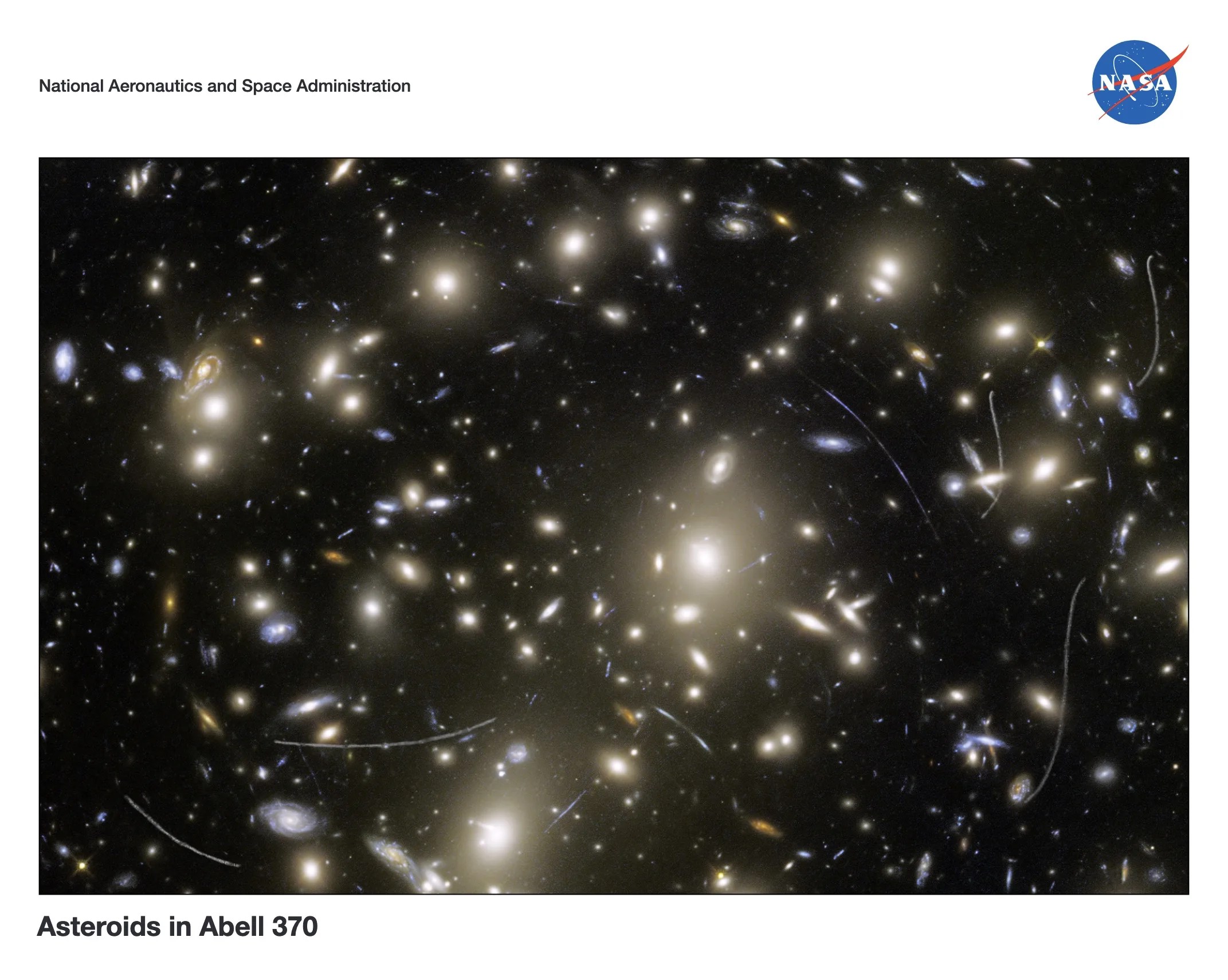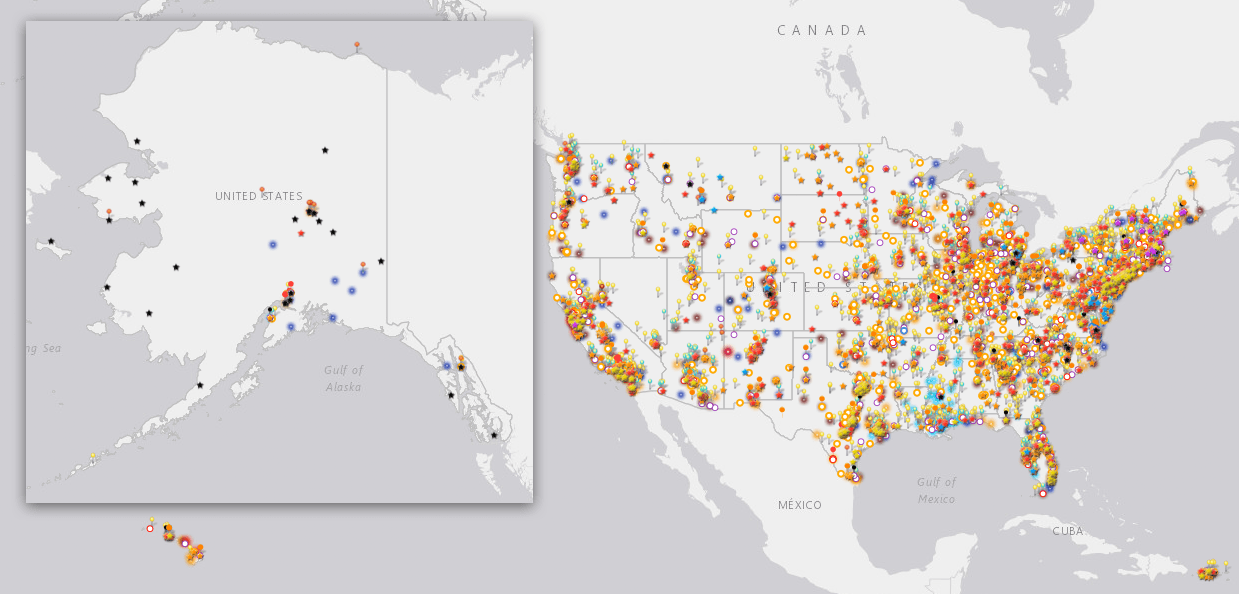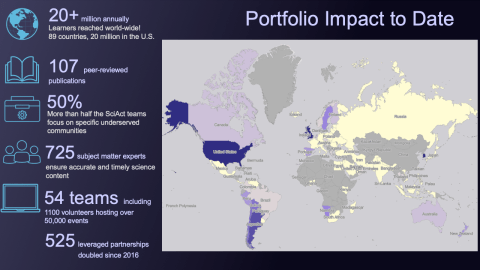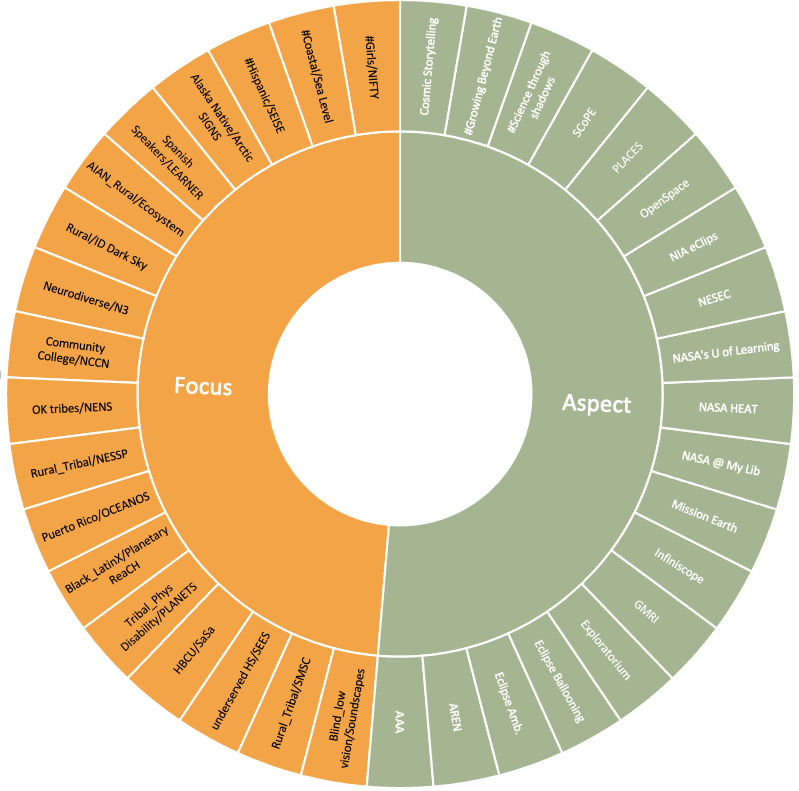Logic Models guiding the SciAct program
SciAct Logic Models Introduction
As part of the portfolio evaluation efforts, two logic models have been developed for the Science Activation program. The first logic model was developed in 2021 during the first year of the portfolio evaluation. This model is visual in nature and was created to show the complex relationship between portfolio level outcomes and project level outcomes in the context of the collective impact model1. This model includes a corresponding legend which details the various program components including inputs, activities, outputs, and both the mid-level and top-level objectives. This model also includes a series of constructs being utilized by projects to operationalize the mid-level objectives. It is critical to present the legend with this visual model.

The second logic model was created in 2024 during the fourth year of the portfolio evaluation efforts. This model is more traditional in format presenting the program inputs, activities, outputs, mid- and top-level objectives from left to right. The content of the model varies slightly from the first version as the SciAct program has evolved and gained more clarity over the last three years. In this model, portfolio level elements are visualized in red and project level elements are visualized in blue. Collective impact elements are visualized in black font.

1 Kania, John, and Mark Kramer. "Collective Impact." Stanford Social Innovation Review 9, no. 1 (Winter 2011): 36–41.




